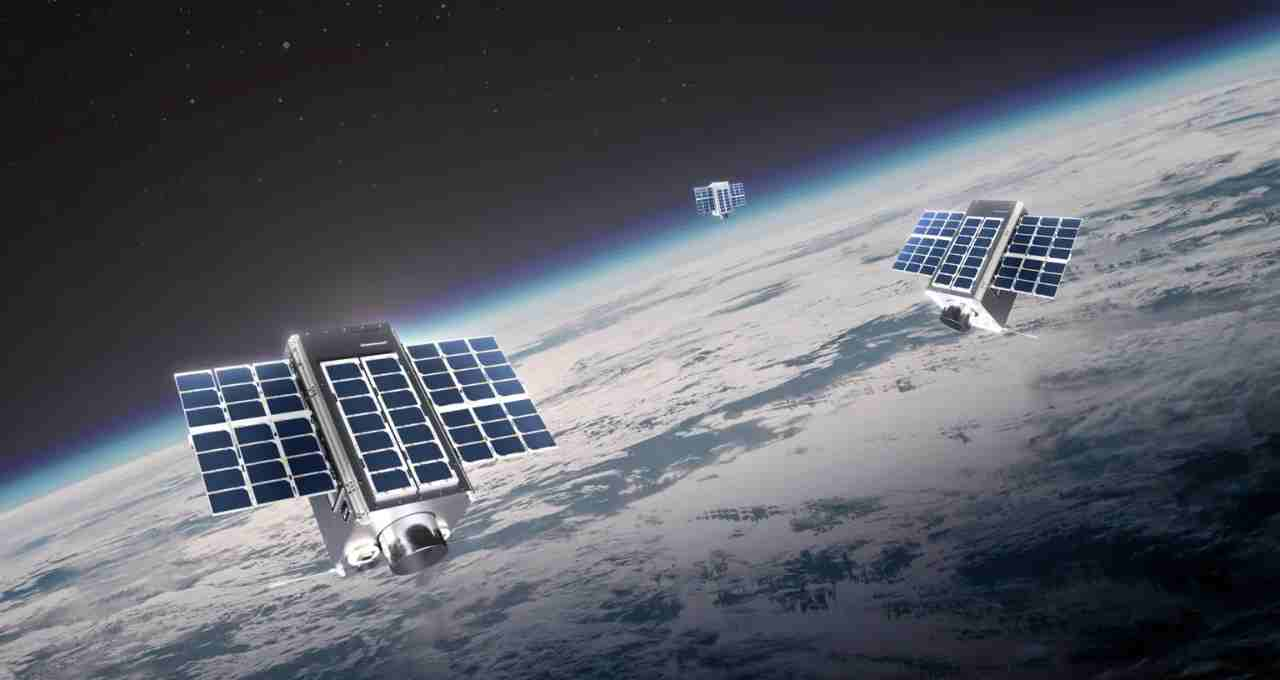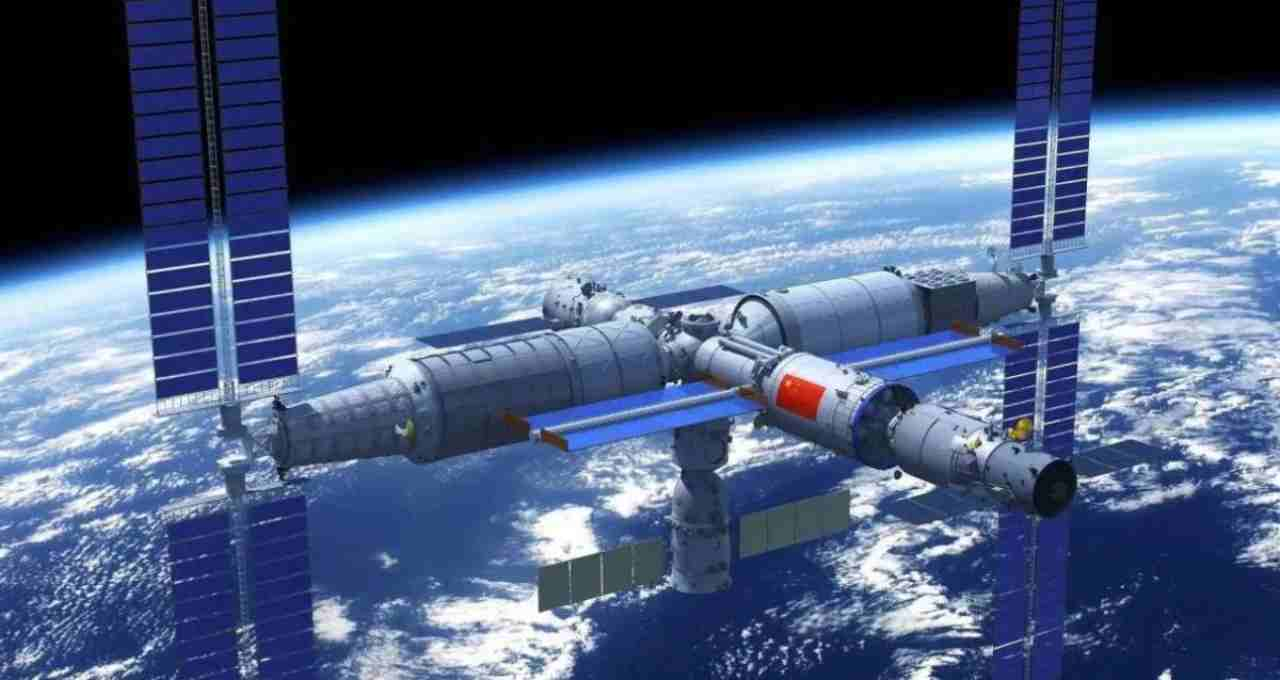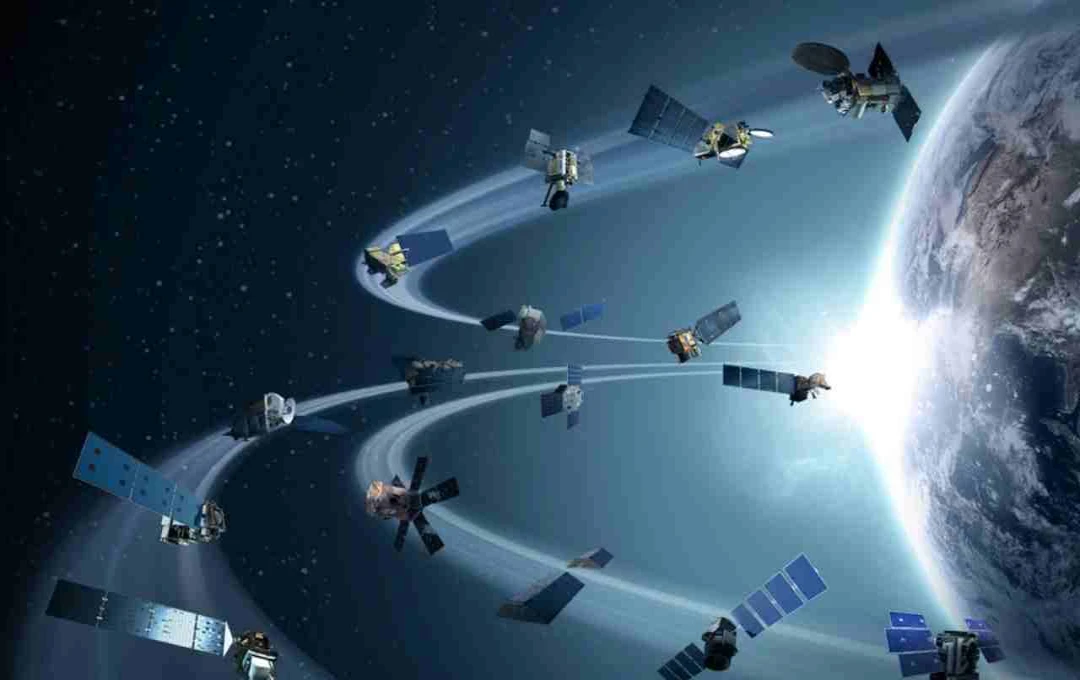The role of space in the current global security landscape is becoming strategically crucial. In this context, China has announced an ambitious plan to launch over 20,000 satellites into space.
New Delhi: The importance of space in the current global security scenario is increasing day by day. In line with this, China has announced a large-scale plan to launch more than 20,000 satellites into space, primarily for intelligence and surveillance purposes. This move has become a serious concern for several countries, including India.
China's ambitious satellite network will further strengthen its hold on space, enabling it to significantly influence global and regional strategies. Meanwhile, India is also preparing with satellites and other technological means to enhance its security and vigilance to counter any potential threats.
China's 20,000 Satellites: Purpose and Function
China plans to deploy more than 20,000 small and large satellites in Low Earth Orbit (LEO). These satellites will perform functions such as communication, navigation, and environmental monitoring alongside espionage, but the primary focus will be on gathering military and security information. Through these satellites, China will:
- Monitor enemy military activities.
- Track radio, mobile, and other electronic signals.
- Capture clear images using Synthetic Aperture Radar (SAR) technology, even in any weather or at night.
- Detect events occurring in a region instantly.
- This means China will be able to closely monitor almost every activity from space, significantly increasing its intelligence capabilities.

How Satellite Espionage Works?
Satellite intelligence operates through three primary methods:
- Imagery Intelligence (IMINT): Detecting enemy military bases, weapons, and activities by capturing high-quality images and videos.
- Signal Intelligence (SIGINT): Tracking and decoding radio, mobile, and other electronic communications. This is extremely useful in providing advance warning of terrorism and attacks.
- Radar Intelligence: Capturing clear images even through clouds or darkness using Synthetic Aperture Radar technology. This ensures continuous surveillance.
Information obtained through these methods is crucial for military strategies, disaster management, and national security.
India's Vigilance and Preparedness
India is also rapidly advancing in the field of space security and surveillance. The Indian government and key institutions like ISRO, DRDO, RAW, and NTRO are collaboratively addressing this challenge. In recent years, India has launched several crucial satellites that:
- Continuously monitor suspicious activities on the border.
- Identify terrorist bases and infiltration threats in a timely manner.
- Assist in the effective monitoring and management of natural disasters.
Specifically, recently launched and ISRO developed satellites have played a crucial role in military operations like Operation Sindhu. During Operation Sindhu, India conducted precise strikes on cross-border terrorist bases, where data obtained from satellites played a significant role. During this operation, India's Akash and S-400 missile systems successfully thwarted air attacks from Pakistan's side, based on information provided by satellites.

India's Space Defense Network and Future Plans
India has adopted several new technologies and strategies to strengthen its space defense. This includes:
- Space-based surveillance and counterspace technology: India is developing advanced defense technology to protect its activities and satellites in space.
- Satellite constellation: Creating a network of many small satellites for comprehensive and rapid surveillance of any area.
- Drones and high-tech intelligence: Surveillance is being carried out using drones and other electronic equipment in addition to satellites.
Furthermore, India has recently developed a dedicated satellite for G20 countries, which will monitor climate, air pollution, and weather, thus ensuring environmental safety.














